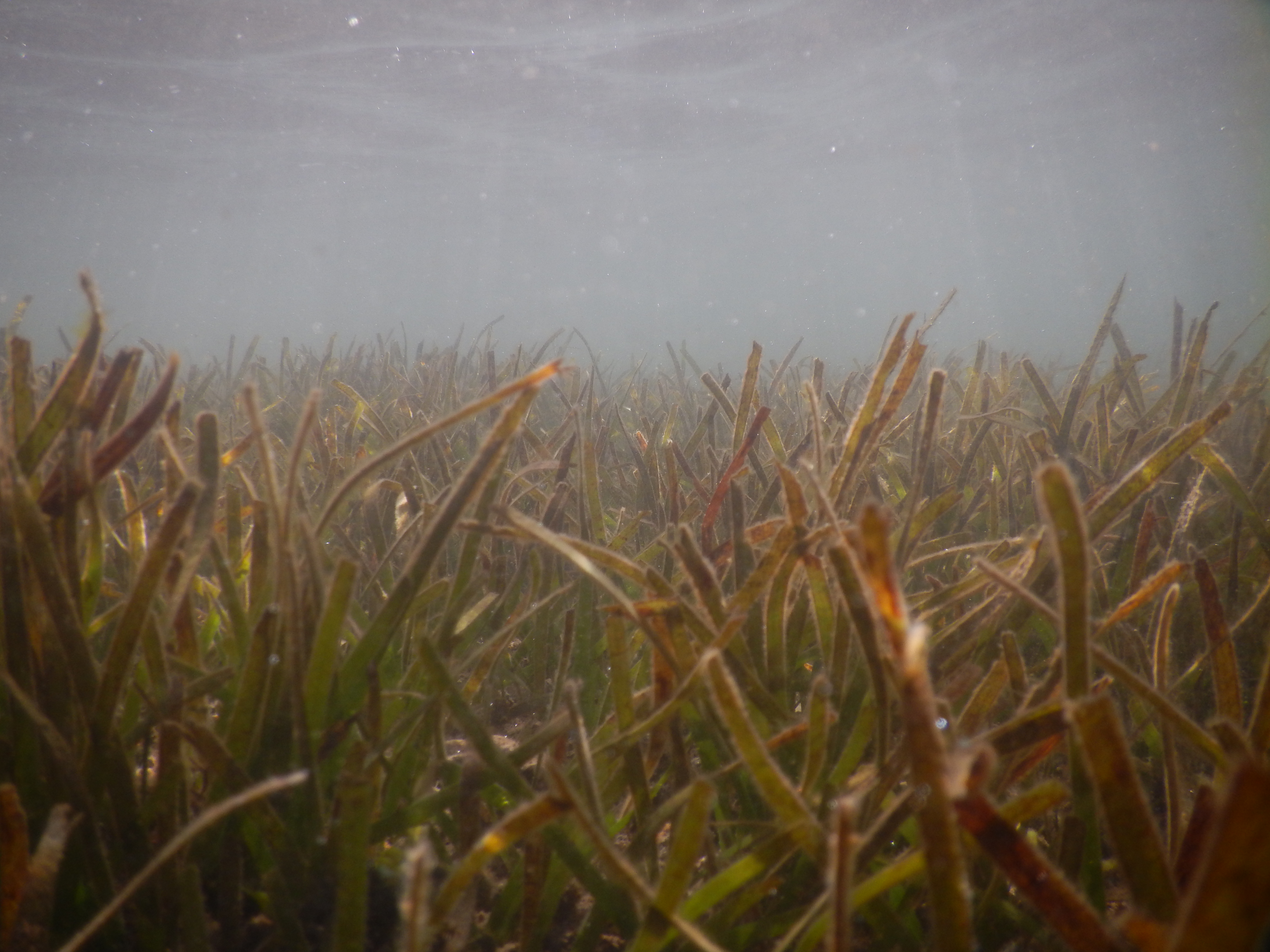Related News

World Fisheries Day is celebrated annually on November 21.
The event recognises the importance of our fisheries whether it’s coastal or offshore and it is a call for restoration of some of our degraded ecosystems that support important fisheries, one of which is seagrass.
Seagrass is an important blue carbon ecosystem providing ecosystem goods and services such as carbon storage, shoreline protection, food security, tourism revenue and water quality. It is a highly efficient carbon sink, storing up to 18 per cent of the world’s oceanic carbon.
According to the UN, 21 per cent of seagrass species are categorized as Near Threatened, Vulnerable and Endangered Species under the International Union for Conservation of Nature Red List of Threatened Species.
Furthermore, it is estimated that 7 per cent of this key marine habitat is being lost worldwide per year.

Seagrass in the Pacific
Research has shown that Pacific seagrass meadows cover at least 1446.2 km2 with 16 seagrass species present, however, seagrass ecosystems are marginalised in conservation legislation and policy.
According to local seagrass expert, Fiji National University’s Dr Shalini Singh, seagrasses form large meadows along coastlines of every continent except Antarctica and have an estimated value of $US151.4 billion ($F346.54b) in the Melanesian region.
Seagrass meadows show a comparatively high biological productivity, high rates of nutrient recycling and often high biomass, which is of direct and indirect importance for coastal fisheries.
In the Pacific, seagrass beds are important habitats for Dugongs and Sea Turtles. They provide nursery and shelter areas for a number of commercially and recreationally important fish species.
They are therefore highly important in the context of food security and coastal livelihoods.
In Fiji alone, threats to seagrass include improper methods of disposal of solid waste, sewage pollution, coral harvesting, foreshore reclamations, and high siltation of coastal areas as a result of agriculture and forestry runoff apart from major natural disasters.
In Solomon Islands and Papua New Guinea, local threats also include agricultural activities mainly from palm oil plantations, over-exploitation of seagrass-associated resources, and destructive fishing practices.
Policy development
In March 2019, the UN General Assembly adopted a resolution declaring the United Nations Decade on Ecosystem Restoration (2021–2030). The General Assembly acknowledged the additional contribution and importance of carbon sequestration resulting from the restoration of ecosystems to the achievement of the long-term temperature goal of the Paris Agreement.
Additionally, last year, the General Assembly proclaimed March 1 as World Seagrass Day.
The resolution highlighted the urgent need to raise awareness at all levels and to promote and facilitate actions for the conservation of seagrasses in order to contribute to their health and development, bearing in mind that enhancing ecosystem services and functions is important for the achievement of the Sustainable Development Goals.
At home, Pacific leaders under the ocean and environment thematic area of the 2050 Blue Pacific strategy, have set their ambitions for all Pacific people to live in a sustainably managed Blue Pacific Continent, while steadfastly maintaining resilience to threats to its environment.

MACBLUE Project
Currently, efforts are being made to strengthen coastal biodiversity conservation and management though protection and rehabilitation incentives for coastal carbon sinks in Fiji, Papua New Guinea, Vanuatu and the Solomon Islands.
In close collaboration with the Pacific Community (SPC) and Secretariat of the Pacific Environment Programme (SPREP) as regional implementing partners, the “Management and Conservation of Blue Carbon Ecosystems” (MACBLUE) project led by the Deutsche Gesellschaft für Internationale Zusammenarbeit (GIZ) aims to map the extent of seagrass and mangrove ecosystems, document and quantify the ecosystem services while providing policy recommendations.
The project tries to showcase the importance of seagrass and mangrove ecosystems for human well-being and economic sectors like fishery.
#GenerationRestoration
The Pacific is home to the world’s largest ocean and with this comes greater responsibility.
Together as we celebrate World Fisheries Day, it is important to highlight the crucial role played by seagrass in our communities.
Continuous efforts should be made to preserve seagrass in our local communities.
Additionally, proper disposal of waste materials and a better understanding of the impact of seagrass by developers is required.

According to the UN Environmental Programme, by halting and reversing the degradation of lands and oceans, the loss of 1 million endangered species can be prevented.
Seagrass ecosystems are essential in addressing the climate crisis and therefore urgent actions must be taken.
This article is a contribution from GIZ MACBLUE Project.
For more information on the MACBLUE project, visit macbluepacific-info.